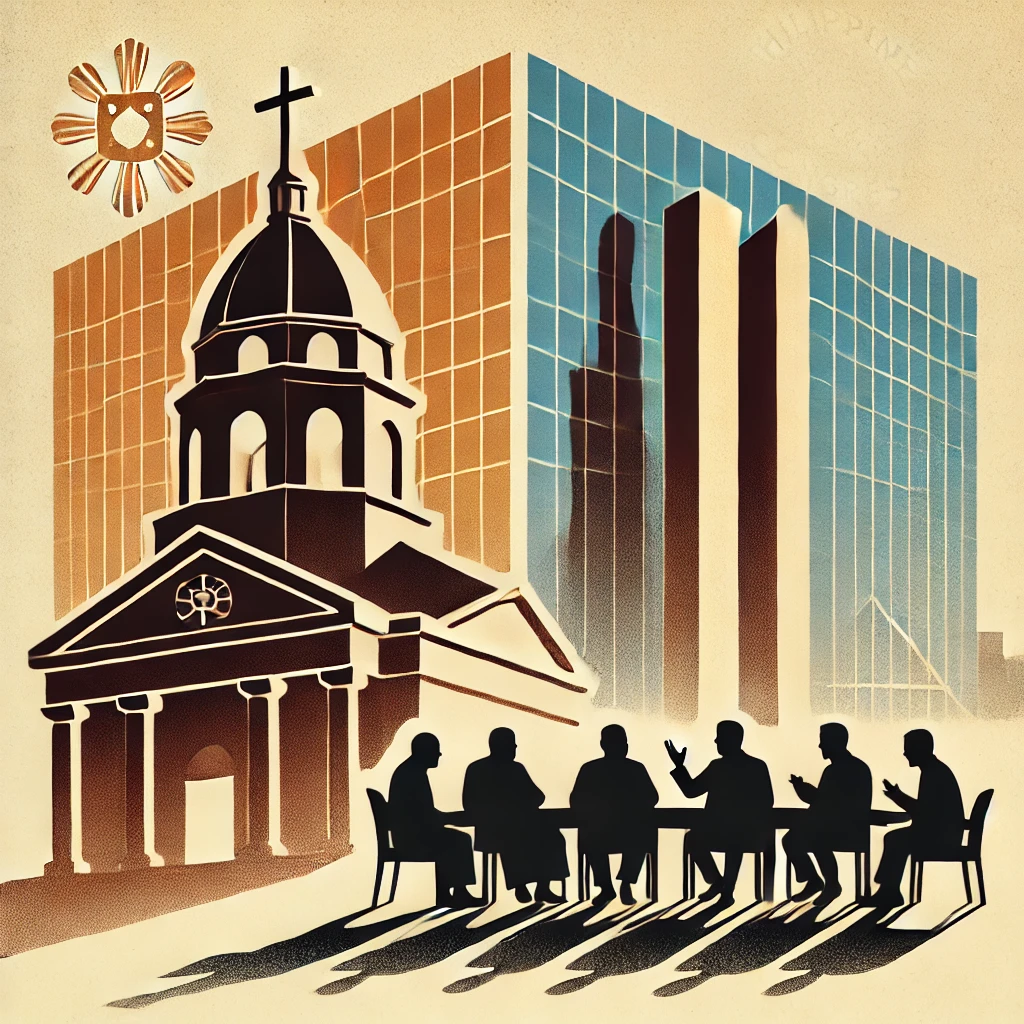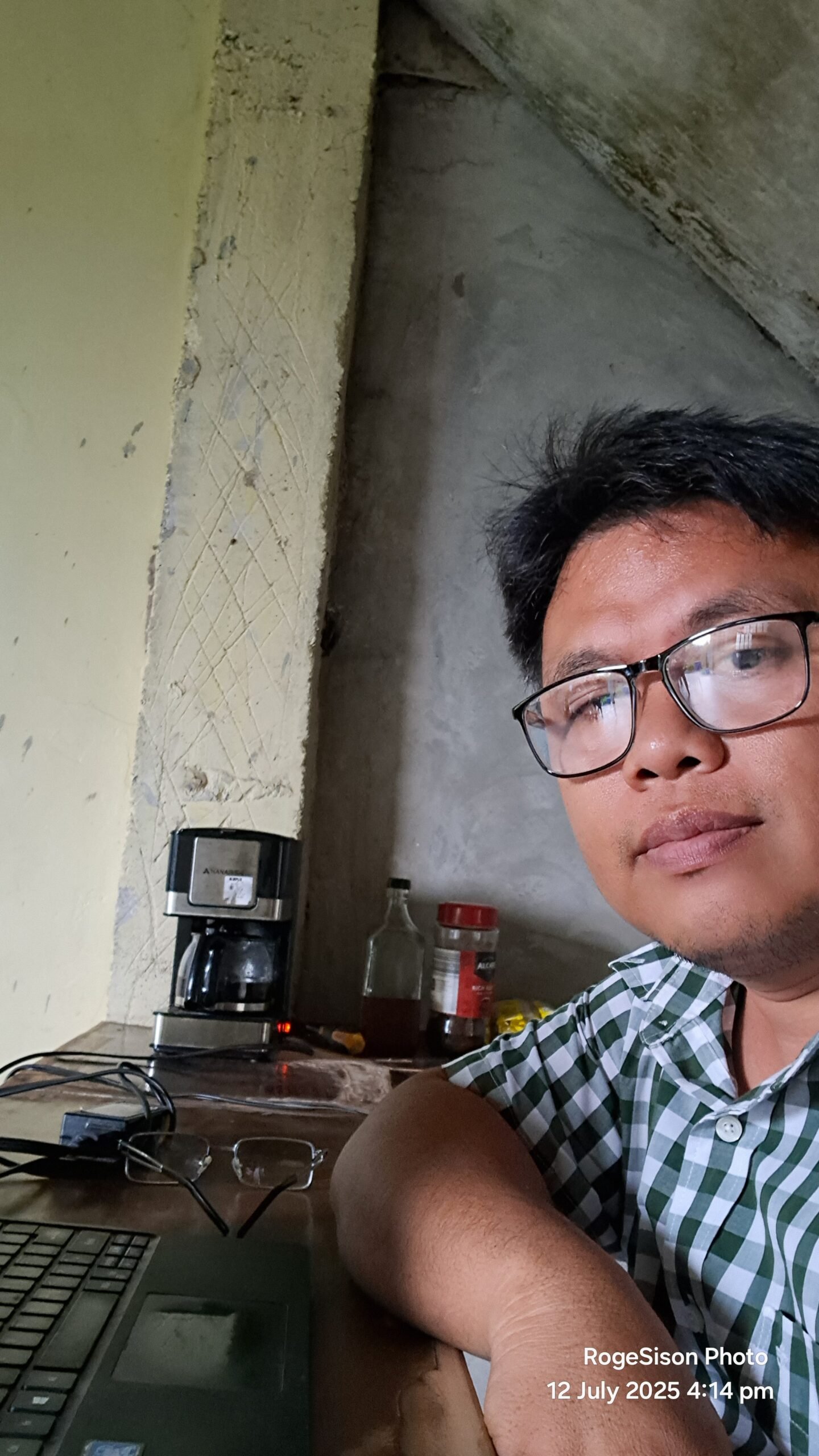
This critique centers on the notion that government operates as a dual structure—an “official” administration and a more covert, “counterfeit” government influenced by powerful, unelected entities. While public institutions appear to function according to democratic principles, an elite class frequently wields significant influence over policy-making, shifting the balance of power away from the people. C. Wright Mills describes this phenomenon in The Power Elite, arguing that a select few control decisions across government, military, and corporate sectors, thus limiting genuine democratic engagement.¹ Similarly, recent analyses by Martin Gilens and Benjamin Page reveal that the United States functions as a de facto oligarchy, where policies often align with elite interests rather than those of the broader populace.²
This “counterfeit government” becomes especially clear when examining how elected officials are influenced by an invisible hand—sometimes referred to as “heirlings,” or elites with vested interests. These groups, often through lobbying and campaign contributions, prioritize policies that benefit them, with the public’s influence substantially marginalized.³ Winters argues that this elite class functions as an “oligarchic” force, protecting its interests at the expense of democratic principles.⁴ As Stiglitz asserts, this phenomenon creates a system where economic power translates directly into political power, leading to policies that exacerbate inequality.⁵
The result is a government that appears to function in the public’s interest but in practice often caters to elite priorities. This erosion of democratic values fosters public disillusionment, with many citizens feeling increasingly disconnected from their government.⁶ As Mounk points out, when people perceive that their government no longer represents them, authoritarian and populist sentiments can gain traction, further destabilizing democracy.⁷
True reform requires transparency, accountability, and limitations on elite influence. Without these changes, the dual structure of official and counterfeit government may persist, undermining public trust and discouraging genuine civic engagement.⁸
Footnotes:
¹ C. Wright Mills, The Power Elite (New York: Oxford University Press, 1956), 4-5.
² Martin Gilens and Benjamin I. Page, “Testing Theories of American Politics: Elites, Interest Groups, and Average Citizens,” Perspectives on Politics 12, no. 3 (2014): 564-565.
³ Lawrence Lessig, Republic, Lost: How Money Corrupts Congress—and a Plan to Stop It (New York: Twelve, 2011), 15.
⁴ Jeffrey A. Winters, Oligarchy (New York: Cambridge University Press, 2011), 8.
⁵ Joseph E. Stiglitz, The Price of Inequality: How Today’s Divided Society Endangers Our Future (New York: W.W. Norton, 2012), 6-8.
⁶ Gilens and Page, “Testing Theories of American Politics,” 573.
⁷ Yascha Mounk, The People vs. Democracy: Why Our Freedom Is in Danger and How to Save It (Cambridge, MA: Harvard University Press, 2018), 20.
⁸ Stiglitz, The Price of Inequality, 15-16.




